A preface to the journal - I have been a member of several online fish boards for many years. During that time I have had a slew online mentors who took the effort to teach me what they know - so in reality - I am a copycat of information, assimilated from people much smarter me. Every blue moon, I stumble across an original pearl of wisdom but more often then not, I just have an ability to comprehend proven concepts from people who are much smarter than me. I was keeping this journal on a larger board but am so tickled to have found a growing local group I feel compelled to share - like a 12 pack of coke for the chance to quarry one's own limestone on a members aunts' property - with the hopes it might help someone locally in their endeavors.
Best regards,
William
Best regards,
William
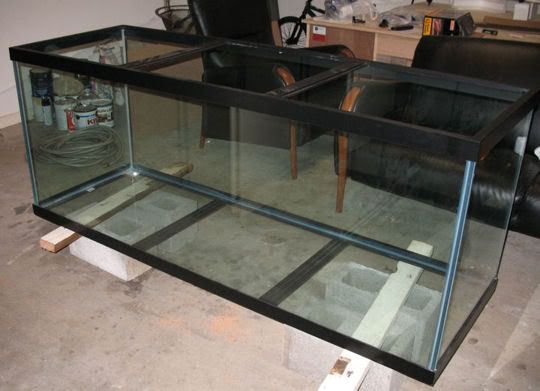
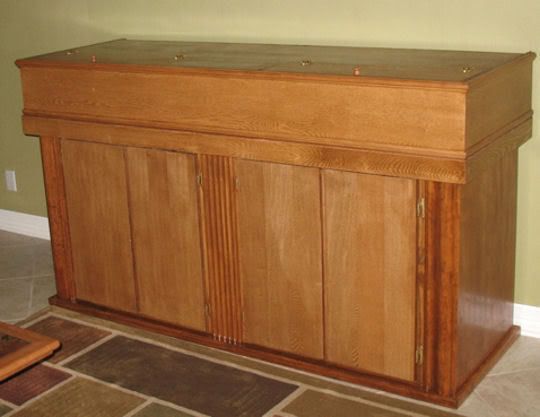
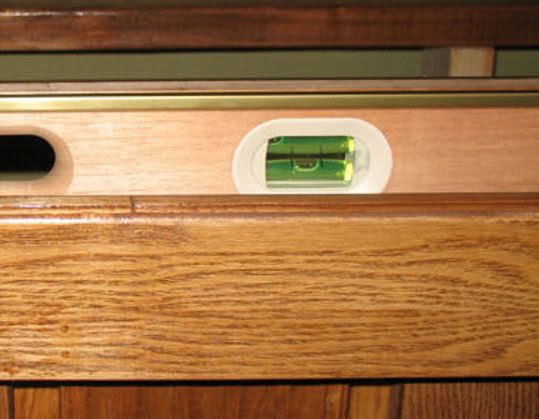
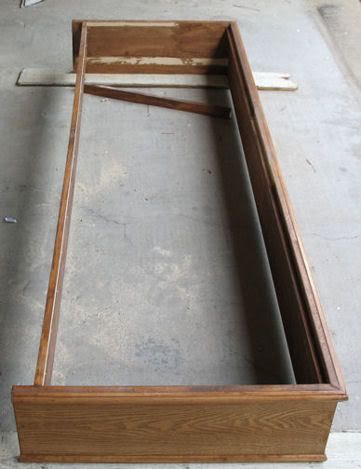
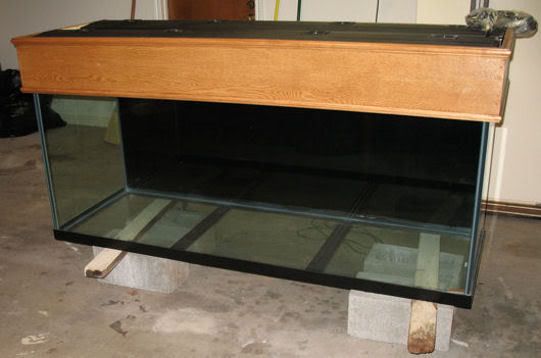 ]
]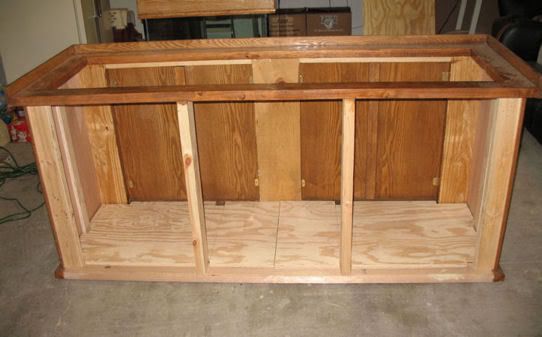
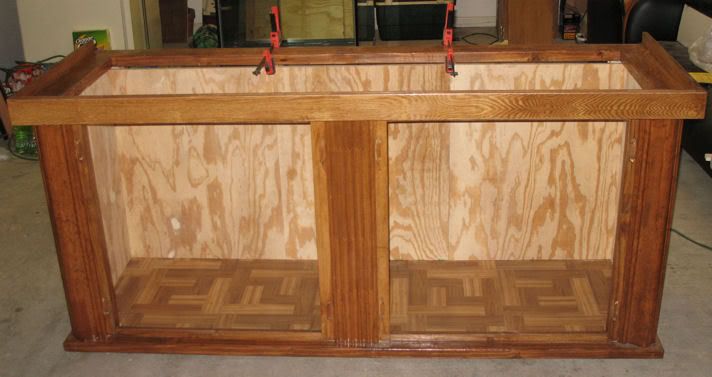
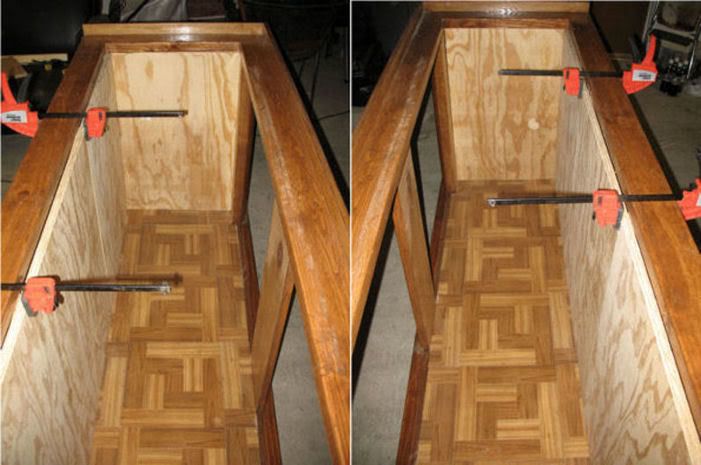
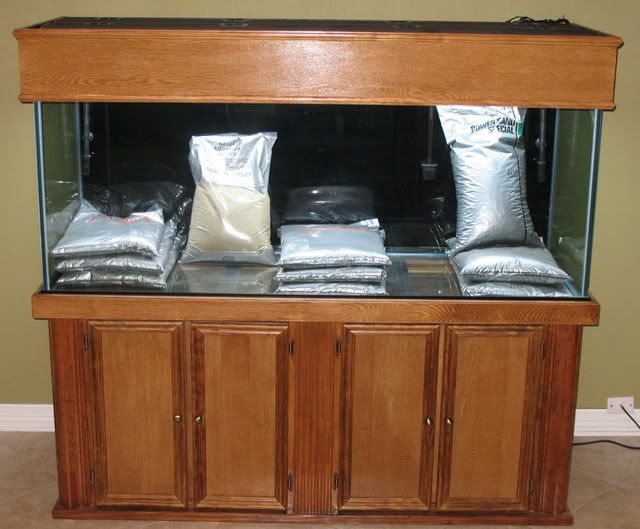


Comment